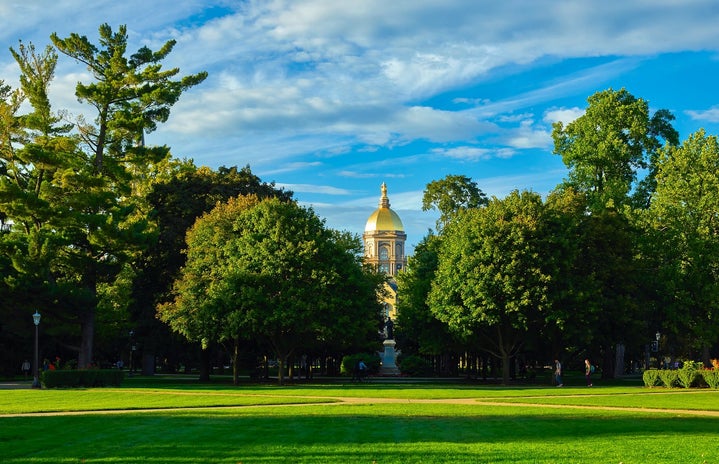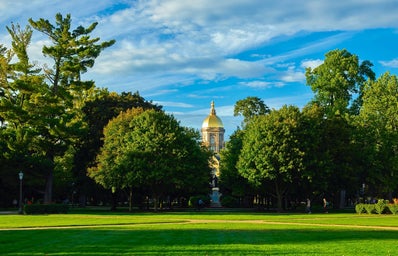Out of all the various industries causing damage to the environment, golfing tends not to be the first place that people look whenever they’re trying to find the reason why an issue is occurring. However, the environmental destruction that golf courses cause cannot be understated.
I know, I know, talking about the damage that golf courses can do to the environment sounds incredibly boring, but the constant drain on resources that golf courses require in order to function is a very real and very pressing issue.
At their core, golf courses require large swaths of land in order to provide ample space for people to play the game. This land is, on average, 150 acres in size per golf course, with an incredible number of courses even exceeding that size. Already, this is an incredible waste of space and resources that are only going to be utilized by a few people and only be maintained by a marginally larger number of employees.
Untouched land also has to be converted into a golf course, as they would never turn old city blocks into new golfing turf. The land being turned into new golfing locales tend to be forested areas or large swaths of fields. The reason this is an issue is that golf courses require a monoculture in order to have the desired look. This means that the type of grass used throughout is uniform, compared to the diverse agricultural life that would have existed in these locations beforehand.
The destruction of the local flora is an issue, of course, and the destruction of the local fauna goes along with it hand-in-hand. With the diverse environments being turned into a monoculture, all the local animals have nowhere to go as their habitats have been scrubbed clean and replaced with neon green grass and sand dunes meant to challenge golfers. This displacement is incredibly sad and can result in a large number of animal death that could have been prevented had their environments not been completely destroyed.

Even if the local animals could continue to live on the golf course, they would still face struggles simply due to the number of pesticides and herbicides that golf courses utilize in a day. It was such a problem that there was even a controversy a few decades ago pertaining to the high rate of cancer that is found in frequent golfers and golf course caretakers.
This usage of chemicals combined with no large trees or locations of brush that are able to catch the run-off from rain can result in these pesticides and herbicides being spread far and wide as there simply aren’t enough places where they can be reabsorbed.
While on the topic of rain, we should touch on the usage of water in golf courses because it shows just how incredibly wasteful these locations are. Golf courses in the U.S. alone utilize 2.08 billion gallons of water per day in order to irrigate their locations and get that perfectly uniform bright green look for their grass. To be brutally honest, I believe this drain on water is evil when taking into consideration the number of people around the world who cannot even get fresh water to drink.
There is no justification, in my mind, for a leisure activity utilized by such a low percentage of the population to be able to pull that many resources and take up that much space. It simply feels wrong.
Golf courses are an incredible drain on local resources and damage the environments that they are put into, and sadly, it cannot be said that they’re a small issue. There are roughly 16,000 golf courses in America alone, and this number is frankly mind-blowing to consider.
So, please, the next time you discuss environmental issues and the way in which certain industries utilize more than their fair share of resources, consider mentioning the golfing industry and the way in which they over-utilize finite resources.



